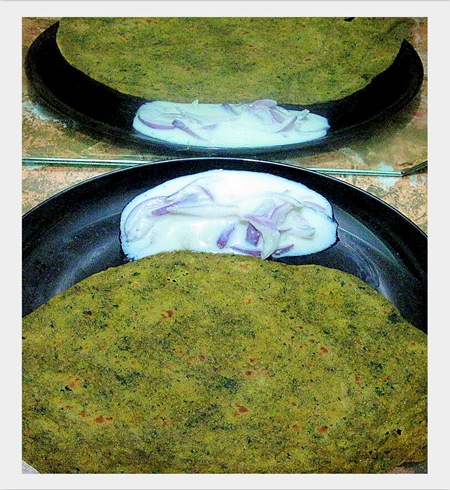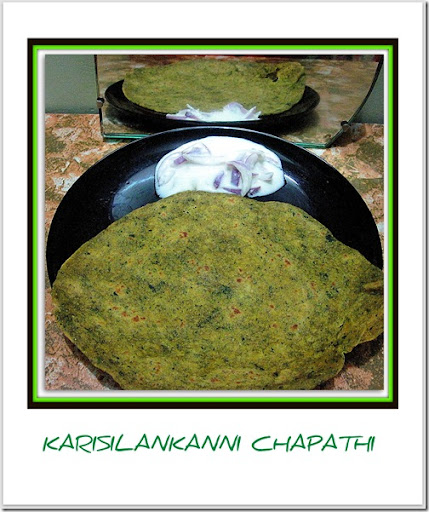Easy Recipes Now
sábado, 30 de noviembre de 2013
Chicken Lu'au
jueves, 28 de noviembre de 2013
All about Dijon Mustard

I never expected to visit Dijon. But on my first trip to France, I asked my Parisian friends for suggestions for where to go and they said Dijon and nearby Beaune, so off I went. The historic capital of Burgundy, Dijon is a dramatic looking city with lots to do and see. It has many museums, churches, medieval buildings with gargoyles and stunning geometrically patterned roofs of green, white, yellow, black and terra cotta ceramic tiles.
When most people think Dijon, they think mustard. But Dijon is in wine country, home of Coq au Vin, Boeuf Bourguinon and lots of other rich and rustic dishes including the classic preparation of Escargot in garlic, butter and parsley. In addition to Pinot Noir, Chardonnay, Gamay and Aligoté, the region is also known for Cremant de Bourgogne and cassis. It's worth noting that you can get to Dijon in under 2 hours from Paris if you take the TGV.
But let's talk mustard. If I had to choose one mustard only (currently I have 7 open jars in my fridge) it would be Dijon. It's mellow and sophisticated in color but with a spicy bite. It's made from brown or black mustard seeds and usually from white wine vinegar, though initially it was made with verjus, a kind of unripe grape juice. Dijon is where you'll find the original Maille shop, founded in 1747, the windows filled with handsome ceramic mustard jars of all sizes. There is another Maille boutique in Paris (right near Fauchon and Laduree at place de la Madeleine).
I'm rather fond of the Maille brand (now a subsidiary of Unilever), it works particularly well in recipes and is not very expensive. If you substitute Grey Poupon (owned by Kraft), you will notice a difference (and it does not work as well in vinaigrette recipes). In France you can buy Dijon mustard flavored with everything from cassis to blue cheese to cognac, nuts, mushrooms, and piment d'espelette. Having been on the giving and receiving end, a small jar of flavored Dijon mustard makes a fine gift.
Here are some ways to use Dijon mustard (other than on sandwiches and hot dogs)
* Combine with oil and vinegar to make a classic vinaigrette
* Add to quiche recipes, especially quiche lorraine
* Slather on fish fillets before baking
* Mix with honey to make a dipping sauce, also great on salmon
* Add a touch to macaroni and cheese
* Use in baked beans
* Combine mustard and olive oil with red potatoes then roast until crusty
* Coat pork chops or chicken in mustard then crust with panko and bake
* Add to potato and egg salads
* Spread it on bread instead of butter
* Simmer mustard with pan drippings, wine, broth and cream to make a sauce for roast chicken
* Add to barbecue sauce
| Want to learn more about Dijon cuisine? August 23, 2011 Michelin star chef chefs Jean-Pierre and Alexis Billoux from Dijon will be doing cooking demos at the CUESA kitchen at the San Francisco Ferry Plaza Farmer's Market from 10 am - 2 pm as part of the Dijon Must'art tour. |
martes, 3 de septiembre de 2013
http://feedproxy.google.com/~r/SpanishRecipesinpictures/~3/RsHGPzboCXg/duck-with-pears-aromatized-with-anise.html
Get the rest in my blog! See you there!
lunes, 27 de mayo de 2013
KARISALANKANNI KEERAI CHAPATHI
Nowadays i am using karisilankanni keerai in my cooking twice a week for health reasons. I make kootu and this chapathi.But i would say,we love this chapathi more than kootu ;) It is very easy to prepare.I make this for my hubby's lunch box. It stays soft and onion raita is the best accompaniment. I use the same method to prepare palak and other keerai chapathis.
INGREDIENTS
- Karisalankanni leaves- 1 bunch
- Wheat flour - 1 cup
- Besan flour - 1 tbsp
- Sambhar powder - 1 tsp
- Garam masala - 1/2 tsp
- Curd - 1/5 cup ( adjust)
- Olive oil - 1 tsp
- Salt -as needed
- water - As needed
METHOD
- Wash the leaves .Heat the kadai with a tsp of oil and saute the leaves till it reduces to half in quantity.
- Grind to make a smooth paste by adding little curd . Now in a bowl , take the wheat flour,besan flour , sambhar & garam masala powder,salt and water.Knead well to make a soft , pliable dough.
- Roll to make thin chapathi and toast on a dosa tawa.
- Serve hot with onion raita and pickle.
KITCHEN CLINIC
| Karisalankanni (Eclipta prostrata) is the herb of choice in treating liver diseases. This herb grows in marshy areas throughout the year. It grows abundantly during the rainy season. There are two varieties of karisilankanni, one has yellow flowers and the other white. The yellow one is more potent. Karisalankanni is most effective when eaten raw. It can also be dried in shade and powdered.
1. It is good for teeth, skin and hair.
|
At the top of my wish list
My God, I would LOVE to try one of these. Do you think it really works?
It would be SO MUCh fun to buy some of these TV products and really test them out in the kitchen.....anyone want to be the sponsor?
domingo, 26 de mayo de 2013
http://feedproxy.google.com/~r/blogspot/sBff/~3/ZWCmztLf8Cs/classic-slow-cooker-beef-pot-roast.html
3 carrots, cut in chunks
2 ribs celery, cut in chunks
A weekend to buy whisky
 With Burns Night coming up this week and many celebrating it this weekend, now's a good time to stock up on your favourite whisky brand. Almost all the supermarkets have got special offers. Here's my pick of the bunch (meaning the best deals, not necessarily the best whiskies - see comments!)
With Burns Night coming up this week and many celebrating it this weekend, now's a good time to stock up on your favourite whisky brand. Almost all the supermarkets have got special offers. Here's my pick of the bunch (meaning the best deals, not necessarily the best whiskies - see comments!)Asda
1 litre bottles of Famous Grouse for £16 instead of £18.97 - standard bottles for £13.47 (£16.50-17 elsewhere)
Glenmorangie 10 y.o. for £21.97 (£33-£34 elsewhere)
Isle of Jura 10 y.o. for £19 (£28-29 elsewhere)
Morrisons
Grants £12.99 instead of £14.99
Sainsbury's
Halves of Famous Grouse for £7.29 instead of £8.29
Whyte & Mackay £12 instead of £15.79
Talisker at £25 instead of £31.99
Glenlivet French Oak reserve at £25 instead of £34.79
Tesco
Aberlour 10 y.o. for £21 (£25-27 elsewhere)
Waitrose
Ardbeg £34.50 instead of £40.50
Knockando £24.75 instead of £30.75
Booths also seem to have some good whisky offers with £10 off a number of leading malts including Ancnoc 12.y.o. and Old Pulteney 12 y.o., though they unhelpfully don't say what the discounted price is on their site. Apart from Isle of Jura 12 y.o. which is down to £20.95 from £30.95.
And Lidl has a decent own brand whisky called Hunter's Glen (yes, naff I know but it's fine) for £11.99.



 karisalankanni is also a specific remedy for jaundice. It has a great medicinal value in the treatment of hair. Karisalankanni is said to protect against night blindness and other eye diseases probably because of its high carotene content.
karisalankanni is also a specific remedy for jaundice. It has a great medicinal value in the treatment of hair. Karisalankanni is said to protect against night blindness and other eye diseases probably because of its high carotene content.
